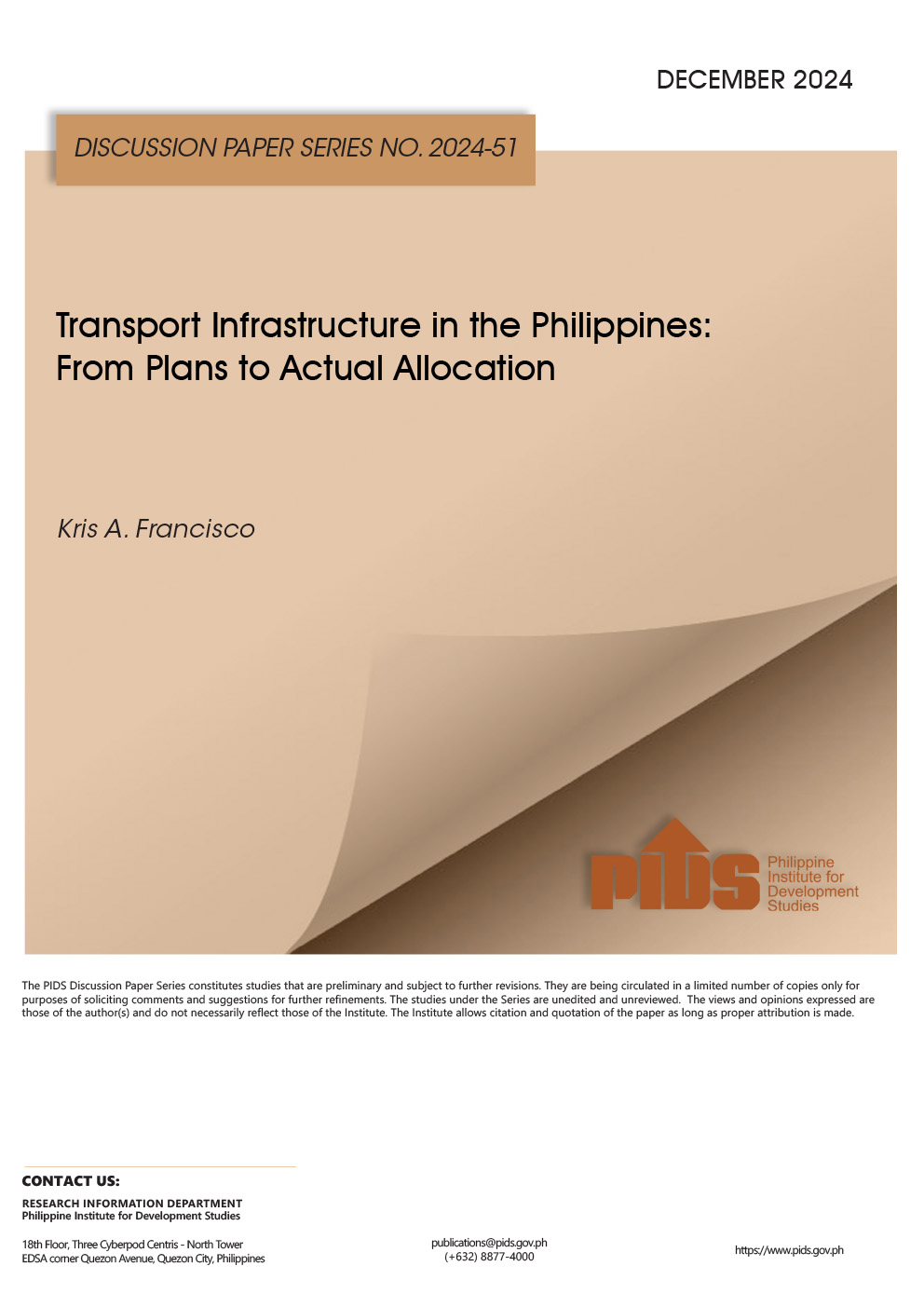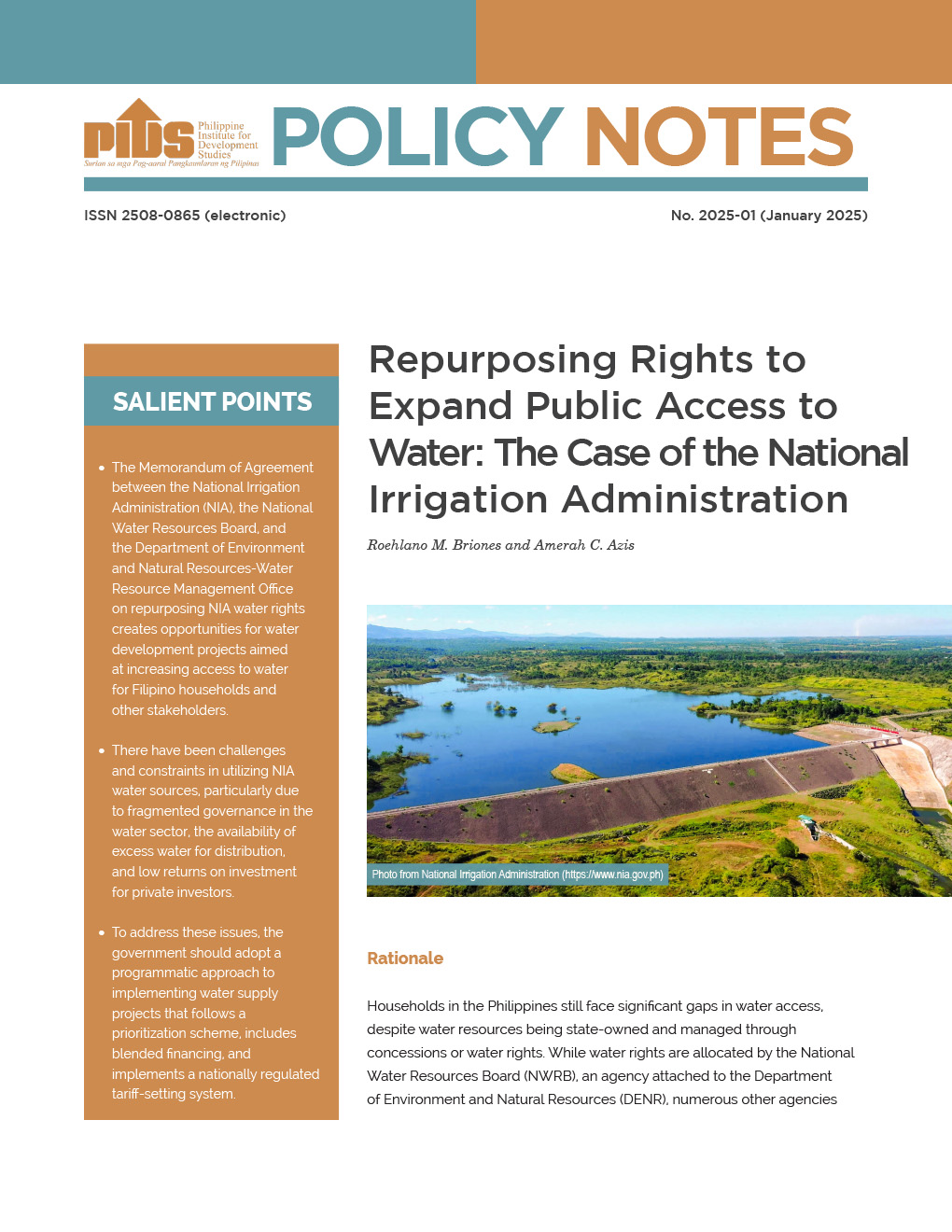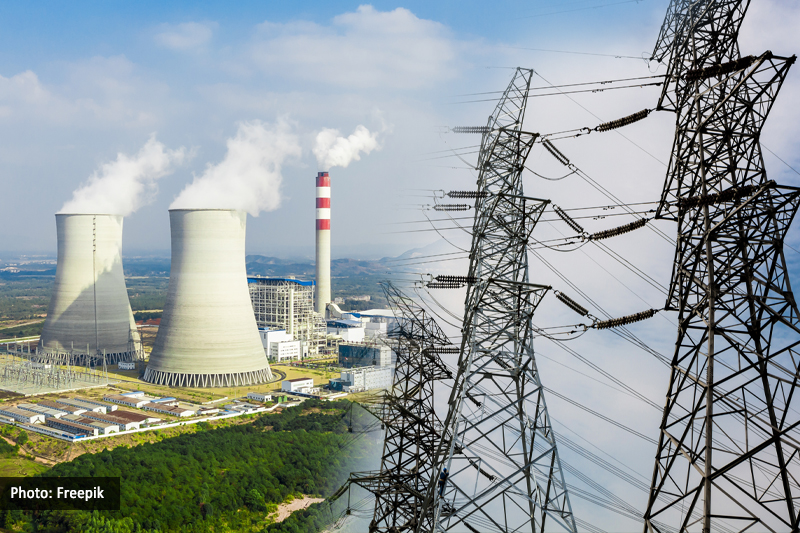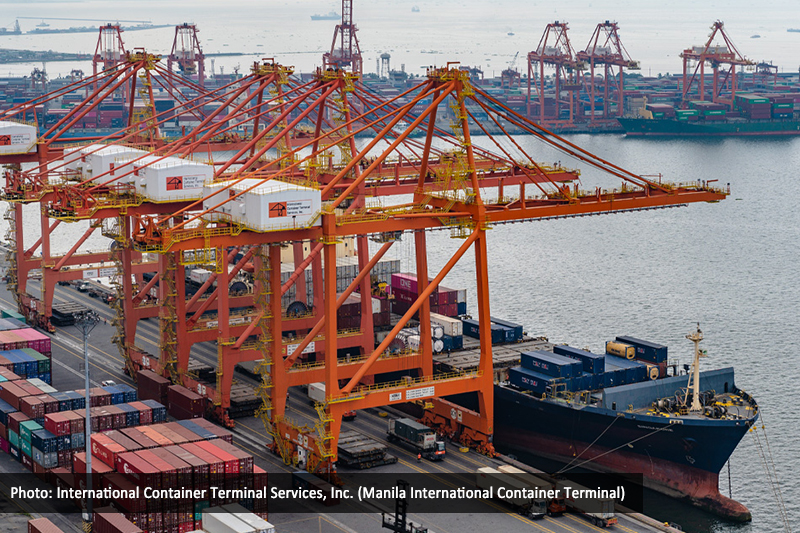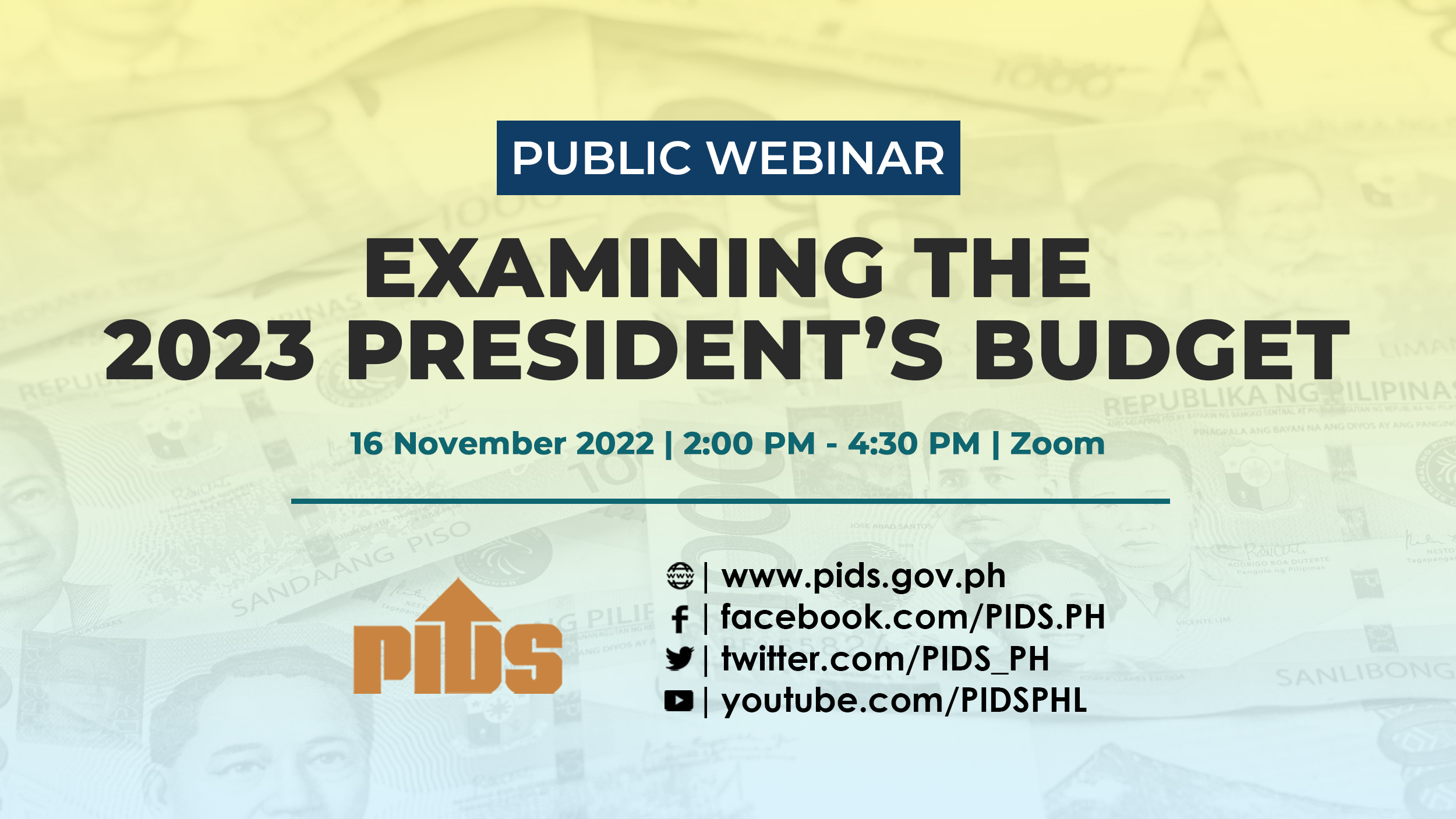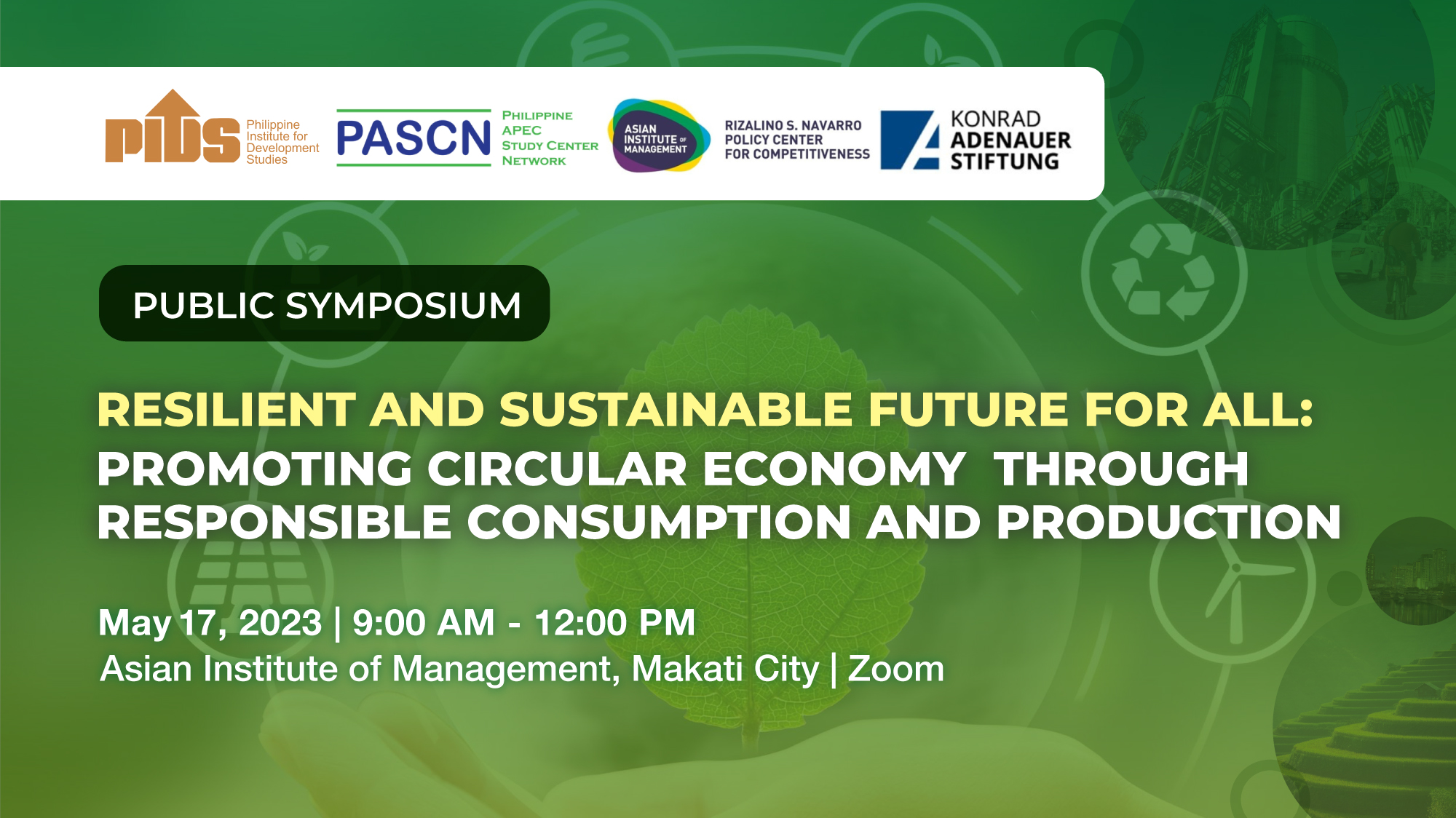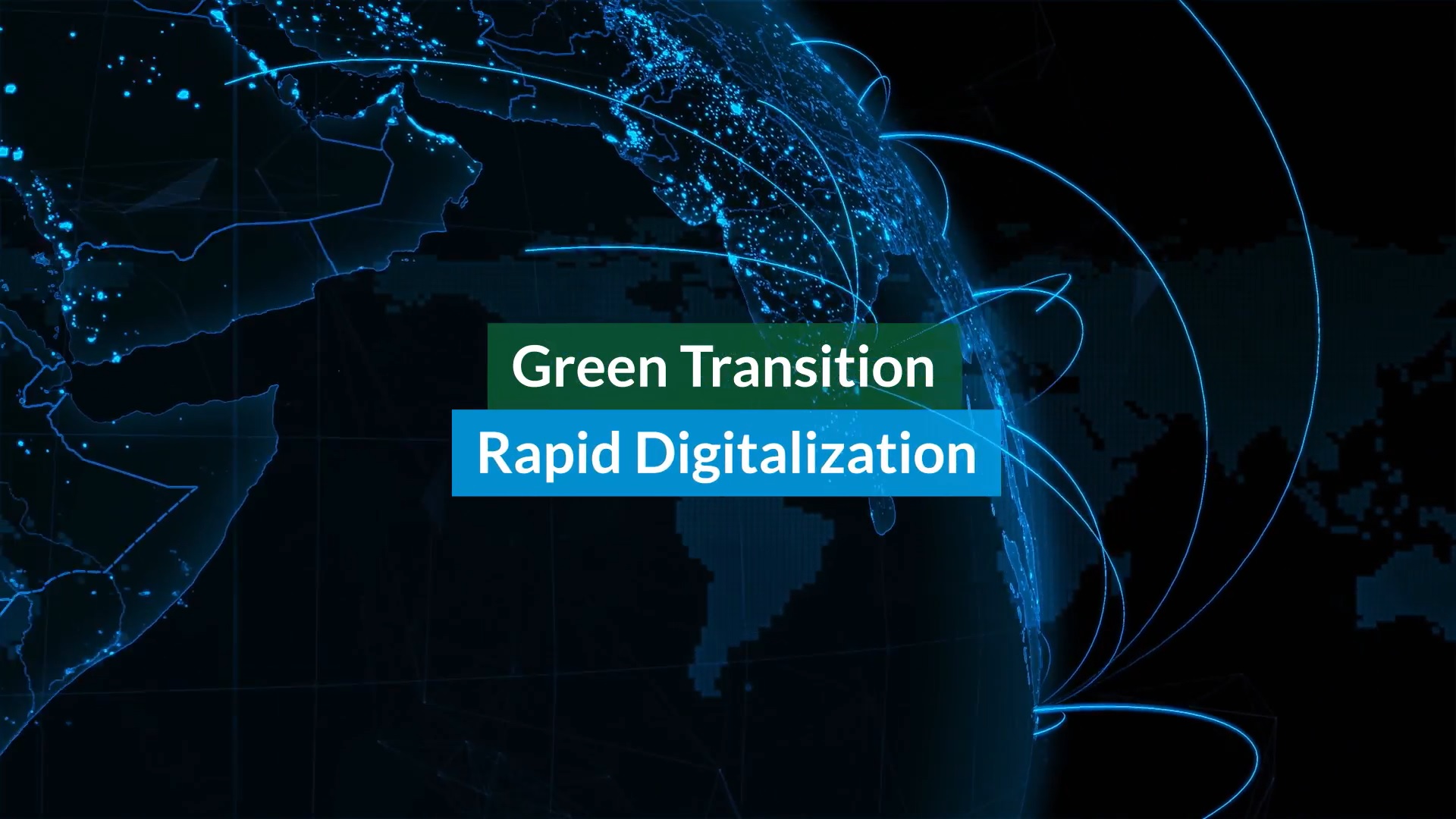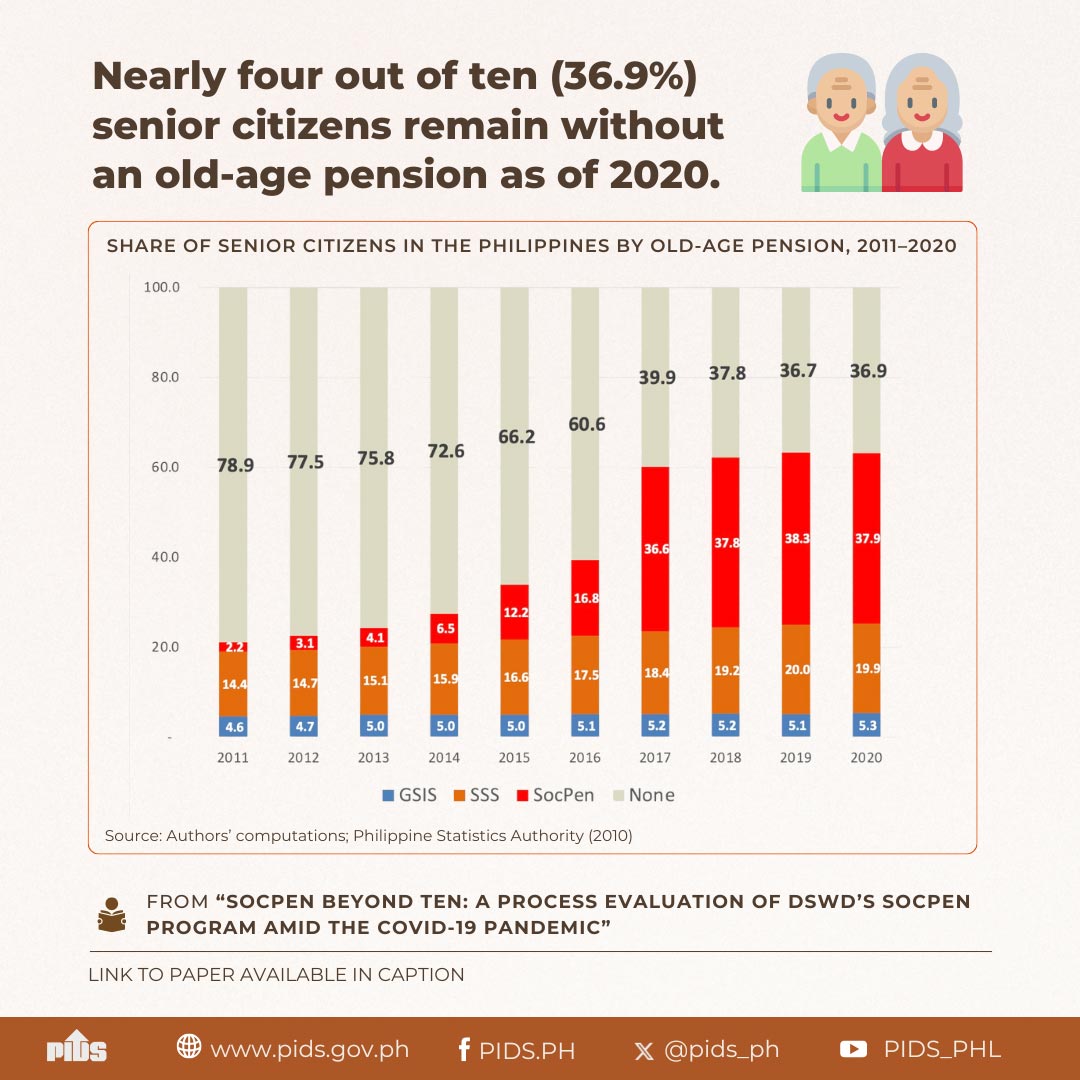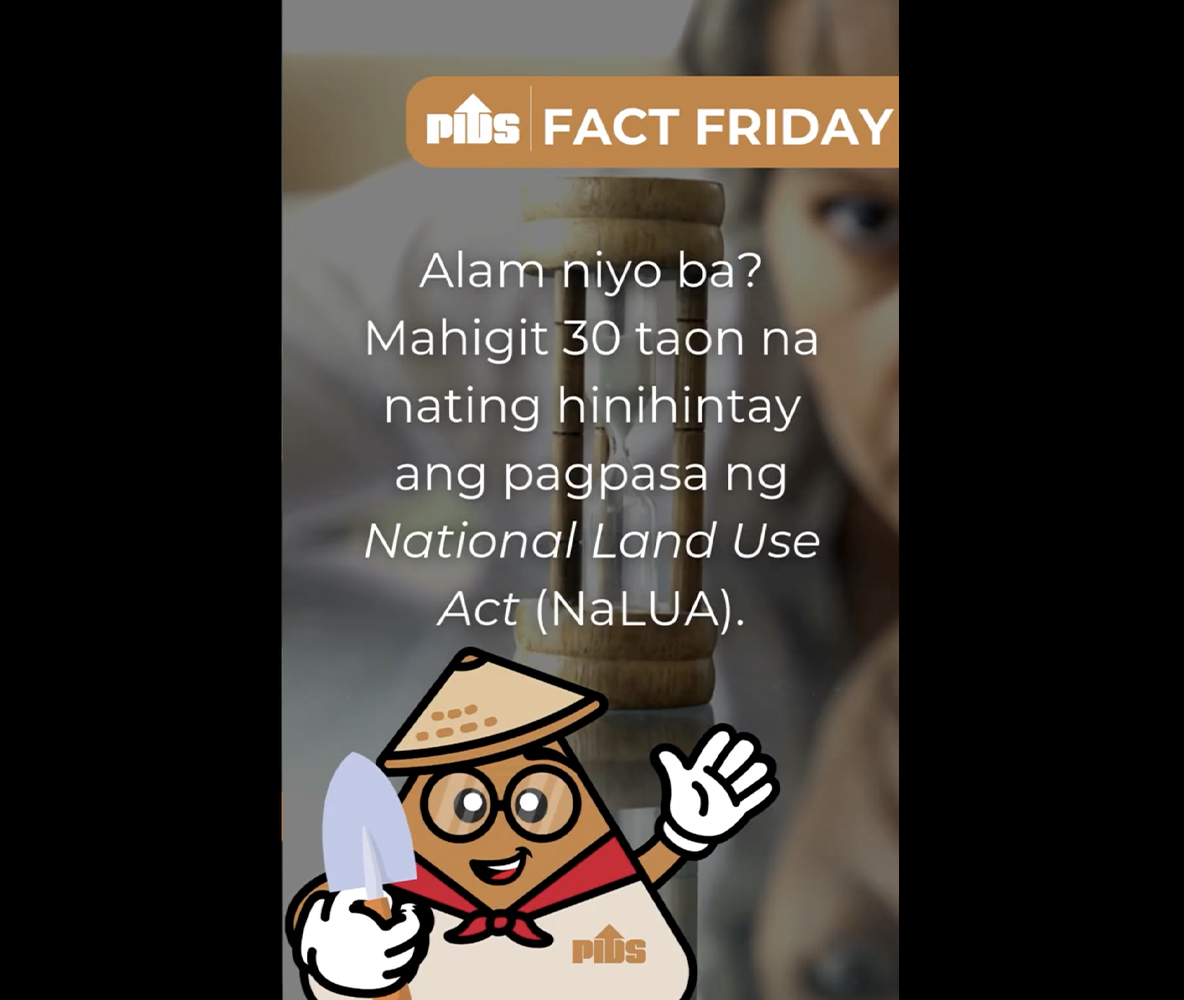THE most important roads in Philippine cities are called national roads; they are under the jurisdiction of the Department of Public Works and Highways (DPWH). When national roads in cities are deliberately built or widened to enable more cars to go further and faster, the welfare and safety of all other road users (the 94 percent of Filipino households who do not own cars) diminishes, making our cities less livable and less environmentally sustainable. A different approach is needed for national roads in urban areas. They need to be placed in the service of all Filipinos instead of prioritized for the car-owning minority.
National roads were originally defined as roads connecting cities, including roads linking provincial capitals. Fifty years ago, most national roads passed through predominantly rural areas and small towns with relatively low population densities. They were designed to operate as "expressways," enabling fast, unimpeded travel by four-wheeled motor vehicles. National roads today wind through the centers of large and small cities all over the country. Instead of just connecting cities, many national roads today pass right in front of busy markets, schools, hospitals, government offices, places of worship and commercial districts. Think MacArthur Highway, EDSA, C5 and Commonwealth Avenue. Times have changed and national roads in urban areas need to change with the times.
According to the recent landmark study entitled "Road and Rail Transportation Infrastructure in the Philippines: Current State, Issues and Challenges" by Adoracion Navarro and Jokkaz Latigar (Philippine Institute for Development Studies Discussion Paper 2022-34), the national road network stood at 34,250.97 kilometers (kms) in 2022 (out of a total road network of 205,045.97 kms that includes national, provincial, city, municipal and barangay roads). In the National Capital Region, there are 1,166.24 kms of national roads (37 percent concrete, 63 percent asphalt); this is a huge number, considering that a road like EDSA is about 24 kms in length.
For decades, the solution to traffic in cities was to build more roads and widen existing ones to accommodate more motor vehicles. The impact of urban roads that focus on "moving vehicles, not people" is well known. Sidewalks are narrowed or eliminated (even shade trees along the road are removed) in order to make the road wider. Vulnerable road users are placed at further risk when there are no safe pathways for pedestrians, cyclists and persons with disability. Ground-level pedestrian crossings are replaced by footbridges or underpasses, rendering those unable to climb stairs less mobile. In order to benefit the 6 percent of Filipinos with cars, the health, mobility and safety of many other Filipinos are undermined.
We don't have to look far to find a compelling reason for a change in our urban road infrastructure strategy. At around 7:40 p.m. on Thursday, May 4, 2023, a boy and girl were standing in front of the North Fairview Elementary School along Commonwealth Avenue in Barangay Fairview in Quezon City when they were hit by a speeding bus and sports utility vehicle. The boy was killed while the girl suffered severe injuries. When roads in front of schools are filled with motor vehicles — many traveling at high speed — millions of students, parents and teachers face perilous situations daily. This unacceptable situation is replicated in thousands of schools around the country that are located right along national roads.
When people are killed or severely injured in road crashes that occur with regularity, the fault no longer lies with the vehicle drivers or victims. The liability and responsibility lie squarely with officials in our infrastructure agencies who fail to recognize the huge risks and social costs of maintaining car-centric designs on national roads and bridges. How many more children need to die on national roads before our road agencies and engineers take concrete steps to make national roads safe and functional for all road users?
In urban areas, the construction and upgrading of national roads should stop prioritizing greater and faster flows of motor vehicles. First, it perpetuates car dependency. Instead of encouraging a shift to sustainable and efficient travel modes such as walking, cycling and public transport, the message to the public is that you need to be in a car to travel safely and conveniently around the city. A prime example is the recently constructed Kalayaan Bridge across the Pasig River (connecting the Ortigas Center and BGC business districts) — funded by taxes paid by all Filipinos but unwelcoming of pedestrians, cyclists and public transport.
Second, widening roads in cities to serve more private motor vehicles does little to solve road congestion. As demonstrated time and again, more roads for cars simply attracts more cars and more traffic, and pollution because of the phenomenon of induced demand. Such investments are therefore counterproductive and wasteful. A far more effective strategy is to convert existing road space into dedicated lanes for public transport or safe, spacious paths for pedestrians and cyclists. On roads with motor vehicles perennially stuck in traffic, this approach enables many more people to move efficiently on part of the same road space.
Third, at a time when global climate action is urgently needed, it does not help when limited national budget resources are spent on increasing our reliance on fossil-fuel vehicles and creating a larger carbon-footprint. Additionally, our neighborhoods grow warmer when roadside trees are cut to widen a road; when greenery and soil are replaced by concrete, the "urban heat island effect" (concrete roads absorbing solar heat and then releasing the heat throughout the day and night) can raise local temperatures by 5 to 10 degrees Celsius.
An important finding of the study by Navarro and Latigar was that the growth rate in the length of national roads had steadily declined over time because the country's road network was already "mature." Instead of building more roads, the emphasis needs to be on enhancing their functionality and safety. In urban areas, this suggests a shift in the DPWH's focus from "road expansion" to "road transformation" — repurposing national roads in urban areas so they serve the needs of the entire range of road users and protect those who are most vulnerable. These include pedestrians, public transport users, and those in bicycles, tricycles and motorcycles. The accessibility of persons with disability needs to be ensured in all roads and transportation facilities.
Instead of a reduced budget for the DPWH, a significantly higher budget will be needed but for a different purpose. Roads and bridges will need to be reconfigured to prioritize public transportation, pedestrians and cyclists. The sections of national roads that lie in urban areas need wider sidewalks fully accessible for persons with disability, protected bike lanes, shade trees and greenery, signalized intersections with safe pedestrian crosswalks, bus and jeepney stops and dedicated lanes for public transport vehicles. Roads in front of schools (or the lane closest to the curb) should be closed to motor vehicle traffic. All roads leading to schools should have traffic-calming infrastructure (e.g., humps or raised crossings to slow down motor vehicles) so that vehicles lower their speed on their approach.
National roads, arguably the Philippines' most valuable public asset, belong to all Filipinos. For national roads to serve mainly Filipinos with cars is a fundamental injustice. All over the world, the most livable, productive and climate-friendly cities are those where visitors and residents are able to move around efficiently and safely without reliance on a private motor vehicle. This needs to be the urban mobility vision of the DPWH and the entire government.

